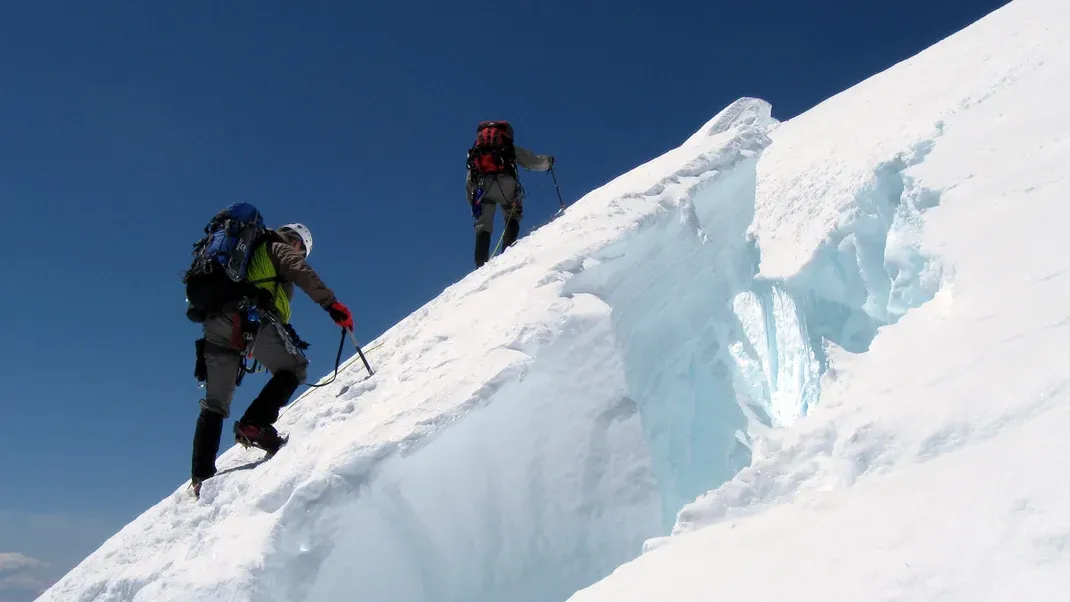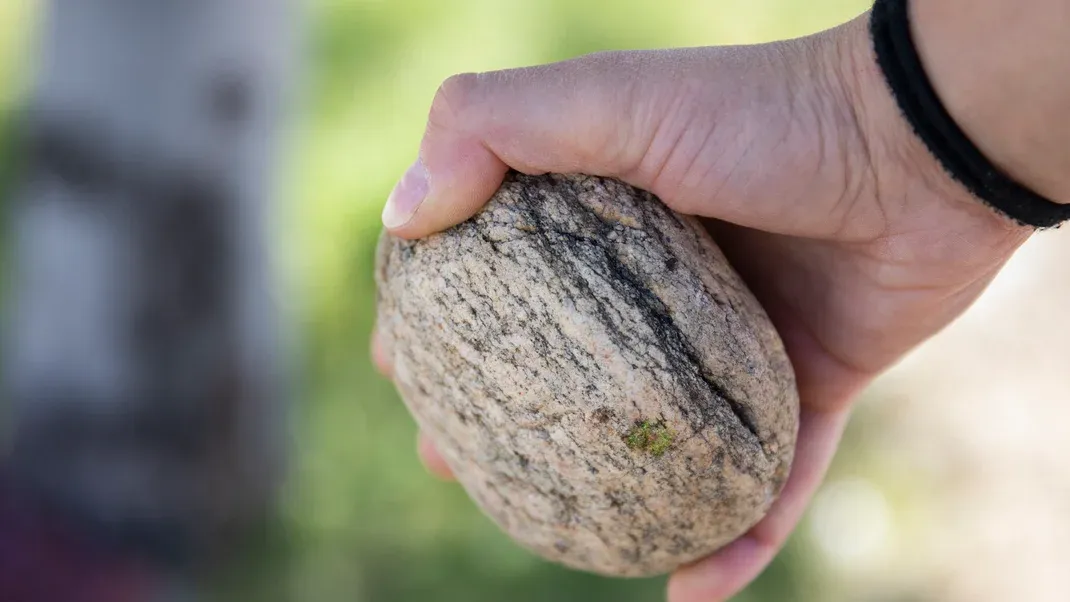How to Start Canoe Camping
Canoe camping combines the thrill of paddling with the tranquility of camping in the great outdoors. To start canoe camping, you’ll need to invest in a good quality canoe and basic camping gear such as a tent, sleeping bag, and cooking supplies. Research local waterways and choose a destination that suits your skill level and interests. Plan your route and check for any necessary permits or regulations. Pack your gear in waterproof bags and secure it in the canoe. Be sure to bring safety equipment such as life jackets and a first aid kit. Once you’re on the water, enjoy the serenity of nature and the freedom of exploring new places by canoe.

Canoe camping is a fantastic way to experience the great outdoors and enjoy a unique and adventurous camping experience. Whether you're a seasoned camper or a first-timer, canoe camping offers a refreshing change of pace and allows you to explore remote and beautiful areas that are only accessible by water. If you're interested in starting canoe camping, there are a few key steps to take to ensure a safe and enjoyable trip.
The first step in starting canoe camping is to gather the necessary gear and equipment. A reliable canoe is, of course, essential. There are a variety of canoes available, ranging from traditional wooden canoes to modern, lightweight models made of fiberglass or plastic. When choosing a canoe, consider the type of water you'll be navigating, the distance you'll be traveling, and the amount of gear you'll need to carry. Additionally, you'll need paddles, life jackets, and waterproof bags or containers to protect your gear from water.
In addition to canoe-specific gear, you'll need standard camping equipment, such as a tent, sleeping bags, cooking supplies, and food. Keep in mind that space in a canoe is limited, so pack only the essentials and opt for lightweight, compact gear whenever possible. It's also important to consider the weight distribution of your gear in the canoe to ensure stability and balanced paddling.
Once you have your gear assembled, it's time to choose a location for your canoe camping trip. Look for a destination with calm, navigable waters and a scenic environment that offers a variety of outdoor activities, such as fishing, hiking, or wildlife viewing. National and state parks often have designated canoe camping areas with established campsites, fire pits, and other amenities. Research the regulations and permit requirements for your chosen location and make any necessary reservations in advance.
Before embarking on your canoe camping trip, it's important to familiarize yourself with basic paddling and safety techniques. If you're new to canoeing, consider taking a paddling course or hiring a guide to teach you the fundamentals of paddling, steering, and maneuvering a canoe. Learn how to properly enter and exit a canoe, how to navigate different types of water, and how to handle emergency situations such as capsizing or getting caught in rough waters.
Safety should be a top priority when canoe camping, so be sure to pack essential safety equipment, such as a first aid kit, a signaling device, and a map or GPS. Familiarize yourself with the local wildlife and potential hazards in the area, such as poisonous plants, dangerous animals, or unpredictable weather conditions. Always check the weather forecast before setting out, and be prepared for changes in weather by packing appropriate clothing and shelter.
When it comes to packing food for your canoe camping trip, opt for lightweight, non-perishable items that are easy to prepare and won't take up too much space in your canoe. Consider bringing items like dehydrated meals, energy bars, nuts, and dried fruits, as well as a portable camping stove and cookware. Plan your meals in advance and pack only the necessary amount of food to avoid overloading your canoe with excess weight.
Once you've gathered your gear, chosen a location, and prepared for safety and sustenance, it's time to embark on your canoe camping adventure. Load your gear into the canoe, ensuring that it's evenly distributed and securely fastened. Double-check that you have all the necessary equipment, including life jackets, paddles, and emergency supplies, before pushing off from shore.
As you paddle through the water, take time to enjoy the serene beauty of your surroundings and appreciate the unique perspective that canoe camping offers. Keep an eye out for wildlife, such as birds, fish, or mammals, and take breaks to explore the shoreline, go for a swim, or simply relax and enjoy the peacefulness of the outdoors.
When you reach your designated camping area, carefully navigate to the shore and unload your gear. Set up your campsite, following Leave No Trace principles to minimize your impact on the environment. Avoid damaging vegetation, dispose of waste properly, and respect any rules or regulations specific to the area.
Throughout your canoe camping trip, be mindful of your impact on the environment and strive to leave the natural area as pristine as you found it. Take time to appreciate the beauty of the outdoors and the sense of tranquility that comes with canoe camping. Before departing, ensure that you've packed out all of your trash and left the campsite clean and undisturbed.
As you conclude your canoe camping trip and paddle back to civilization, take a moment to reflect on the experience and consider the ways in which you can incorporate the lessons and memories from your trip into your everyday life. Whether it's learning to navigate new waters, appreciating the simplicity of camping, or connecting with nature in a deeper way, canoe camping offers a rich and rewarding experience that can have a lasting impact on your life. With the right preparation, a spirit of adventure, and a love for the outdoors, canoe camping can become a cherished pastime and a gateway to new discoveries and experiences in the natural world.




